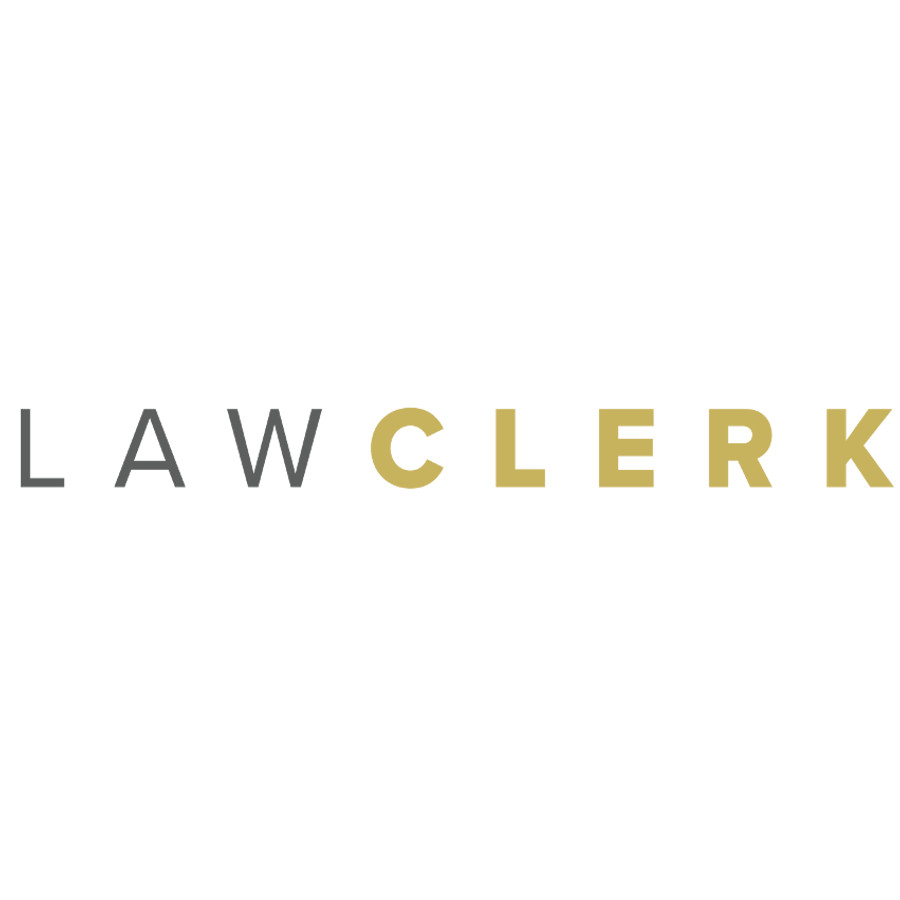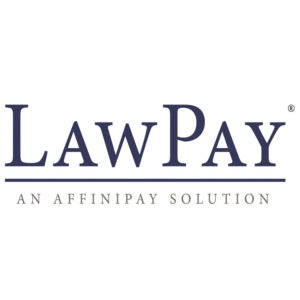So far I’ve covered two aspects of discovery drafting:
- How to Write (Better) Requests for Admissions
- How To Write (Better) Requests For Production
So let’s round it out with the third prong of written discovery requests, interrogatories.
Federal Interrogatory Rule
Again, rules for interrogatories vary from jurisdiction-to-jurisdiction, so let’s look at FRCP Rule 33 as an example.
Which provides a start, but we actually have to look at Rule 26(b) for additional details:
(1) Scope in General. Unless otherwise limited by court order, the scope of discovery is as follows: Parties may obtain discovery regarding any nonprivileged matter that is relevant to any party’s claim or defense and proportional to the needs of the case, considering the importance of the issues at stake in the action, the amount in controversy, the parties’ relative access to relevant information, the parties’ resources, the importance of the discovery in resolving the issues, and whether the burden or expense of the proposed discovery outweighs its likely benefit. Information within this scope of discovery need not be admissible in evidence to be discoverable.
So what we’re looking at is the methodology by which one party can pose a limited number of questions to the opposing party as it relates to any nonprivileged matter as it relates to any party’s claim. With that in mind, let’s look at some general guidelines for how to do this better.
How To Write Interrogatories
Local Rules
Step one: Read the local rules.
Step two: Go back and read the local rules again.
Jurisdictions often have their own rules regarding the number of interrogatories. You absolutely cannot assume that every jurisdiction follows the FRCP as a model (25 interrogatories). Be sure to look for:
- Number of interrogatories. Interrogatories are usually limited in number. Judges usually don’t like it when you try and get cute with this (more below).
- Format of interrogatories. Make sure the court does not have a preferred method or style for interrogatories.
Subparts and Compound Questions
Again, you need to head to your local rules and see how they handle compound questions. For example, the California Code of Civil Procedure specifically prohibits compound, conjunctive, or disjunctive interrogatories. That means each numbered question must be self-contained and only ask one specific question. Other jurisdictions have differing rules when it comes to subparts and compound questions. Here is a list with links to the majority of the State’s Civil Procedure rules.
Tailored Definitions
Definitions can be included in interrogatories, capitalizing defined words whenever they reappear in the interrogatories For example:
“Identify” as used in these interrogatories shall mean to identify the person’s full name, last known address, phone number, and email contact.
But you still need to be careful of running afoul of subparts and compound questions. Interrogatories are meant to be self-contained.
Tailored Definitions Relating to Documents
An area of contention in discovery often surrounds the exact definition as it relates to documents. What exactly is a “document?” What format? Electronic or not? Metadata included or no? This often leads to length definitions of documents as follows:
“Documents” is an all inclusive term referring to any writing and/or recorded or graphic matter, however produced or reproduced. The term “documents” includes, without limitation, correspondence, memoranda, interoffice communications, e-mails, minutes, reports, notes, schedules, analyses, drawing, diagrams, tables, graphs, charts, maps, surveys, books of account, ledgers, invoices, purchase orders, pleadings, questionnaires, contracts, bills, checks, drafts, diaries, logs, proposals, print-outs, recordings, telegrams, films, tax returns, and financial statements, and all other such documents tangible or retrievable of any kind. “Documents” also include any preliminary notes and drafts of all the foregoing, in whatever form, for example printed, types, longhand, shorthand, on paper, paper tape, tabulating cards, ribbon blueprints, magnetic tape, microfilm, film, motion picture film, phonograph records, electronic disk, or other form. Where any of the above-identified is created, modified, and/or maintained in electronic format, “Documents” shall include any and all metadata, and such documents shall be produced or reproduced in their native electronic format with all such metadata intact.
Which is perfectly serviceable and fine, but I guarantee you that your eyes glazed over and you didn’t actually read that. As an alternative, might I suggest using the Rules to define “documents” as is the preferred style of Prof. Denis Stearns:
The word “Document” is intended to include all “writings and recordings” and “photographs,” as those terms are defined in Rule 1001 of the Federal Rules of Evidence. The word “document” is also intended to include all that within and defined by Federal Rule of Civil Procedure 34(a)(1)(A) and (B), including Comments to the Rule and case law interpreting the rule.
It’s much more difficult for opposing counsel to try and wiggle out of your definition when you are citing to the Evidence and Procedural rules. It also cuts down on the “huge block of text that no one reads” effect.
Vague Interrogatories Beget Vague Responses
In Pressley v. Boehlke, 33 F.R.D. 316 (1963), a Judge commented on a lawyer’s lackadaisical interrogatory as follows:
Question No. 32 reads as follows: “In what way could have avoided the collision?” The defendant objects to this question [on the grounds that it is repetitious, irrelevant, vague and of too general and all inclusive nature]. The objections to this question are without merit. Interrogatories by plaintiff seeking to find out the scope of the defense are proper…Perhaps defendant’s real objection is that it is a difficult question to answer and requires a present decision on the position that he will take at the trial.
This is one of the purposes of discovery – to require early evaluation of the case with increased likelihood of settlement. Although his answer now, unless carefully framed, can possibly embarrass him at the trial, it is not, of course, a bar to asserting a different position at the time of trial.
One reason Rule 33 works so well in practice is that vague and argumentative questions usually contain a built-in penalty. Evasive or cryptic answers are ordinarily insufficient. But a cryptic question invites an inscrutable answer. It is said colloquially, “Ask me a foolish question, and I’ll give you a foolish answer.”
“In what way could have avoided the collision?” is such an overly broad and vague interrogatory that it’s essentially meaningless. Here are a few responses off the top of my head:
- “I could have not gotten in the car that day.”
- “I could have stayed at lunch for an extra half hour.”
- “I could have flashed my lights and honked my horn so the opposing party wouldn’t have barreled into my car because they were looking down at their cell phone.”
Detail Oriented
 Interrogatories are (usually) about specificity, not broad strokes. Considering that you’ve likely only got a limited number, you’ve got to make the most of them. And because interrogatories are often very fact and case specific, it’s hard to make general recommendations. That being said, here are a few suggestions for things that you’ll (almost) always want to find out when using interrogatories:
Interrogatories are (usually) about specificity, not broad strokes. Considering that you’ve likely only got a limited number, you’ve got to make the most of them. And because interrogatories are often very fact and case specific, it’s hard to make general recommendations. That being said, here are a few suggestions for things that you’ll (almost) always want to find out when using interrogatories:
- Personal/Corporate information of opposing party. Who they are, where they live, contact information, etc.
- Identifying information of witnesses. Who they are, where they live, contact information, etc.
- Contact information & background of expert witnesses. Who they are, where they live, contact information, CV, etc.
- Insurance information. All identifying information as it regards to insurance carriers, policy numbers, etc.
- Basis for claims and/or defenses. Who, what, when, where, why, & how.
Interrogatories are an essential part of the discovery process. Don’t be lazy and use stock interrogatories for your cases. These questions are an opportunity to pinpoint areas for future discovery (RFPs, depositions, etc). You need to make the most of the limited questions you have so don’t waste them by taking the easy path and using something off the shelf.
Looking for more ways to improve your legal writing? I’ve compiled some my best advice on legal writing into one comprehensive, easy-to-follow guide. It can be yours – free. Just sign up below.
Guess what? There’s nothing about interrogatories in my book. Like not a single thing. Just an FYI.
















